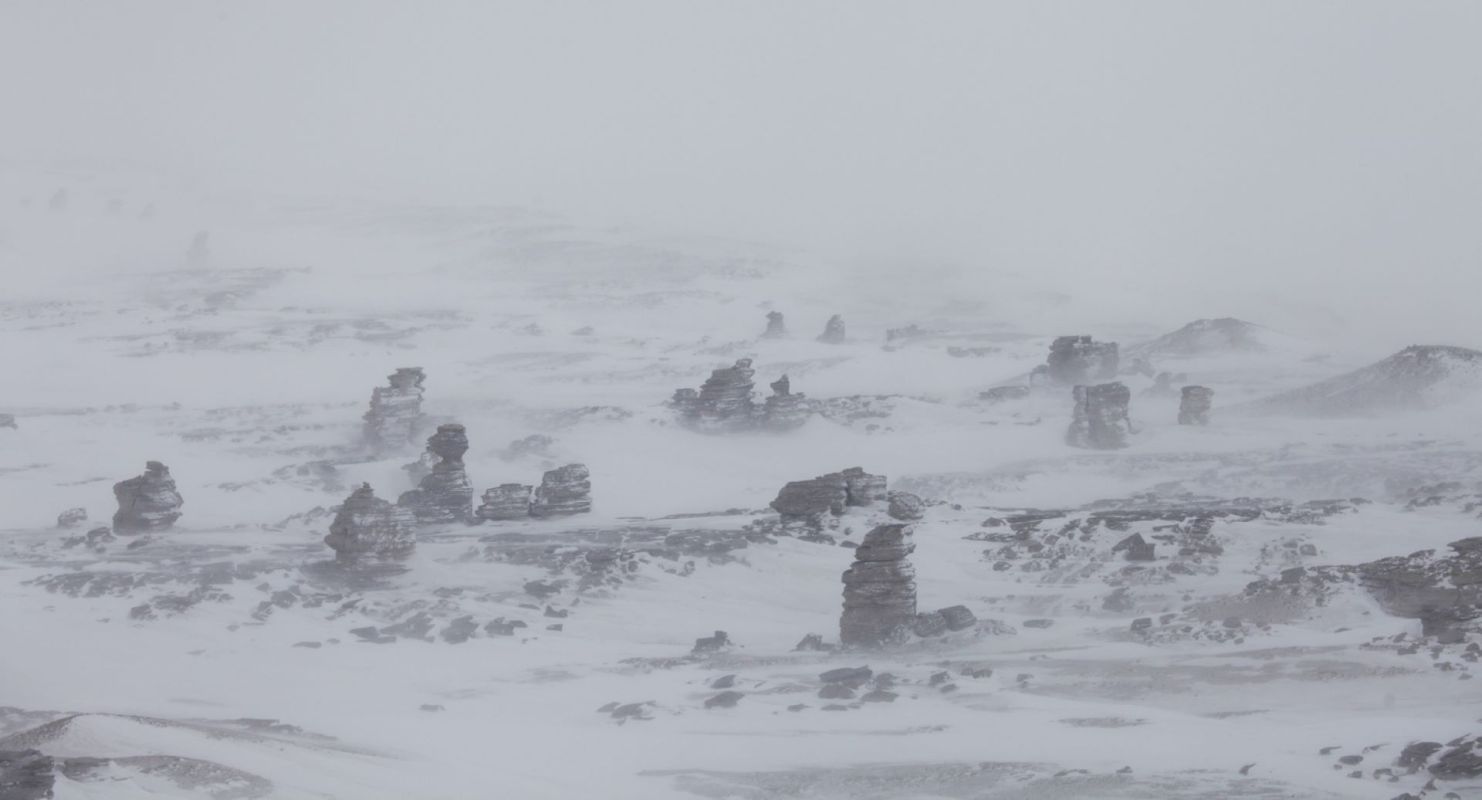Earth's rising temperature poses a bevy of public health risks, from air pollution to extreme temperatures.
Now, concerns are growing that ancient diseases frozen in the Siberian permafrost could make a comeback as the world's ice melts.
What's happening?
As global temperatures rise, the world's ice and permafrost — ground that has remained at or below freezing temperatures for more than two years — is melting rapidly. Scientists say the Arctic could see ice-free summers by the early 2030s.
As temperatures rise, ancient viruses trapped beneath the ice have been revealed — and some are still infectious. A 30,000-year-old virus (infectious, thankfully, only to amoebas) was "revived" from melting Siberian ice in 2014, the journal Nature reported.
Though that virus wasn't dangerous to humans, scientists worry that a disease that infects humans could be freed from the melting ice. The World Health Organization has prioritized "Disease X" in its efforts to prevent future pandemics.
Disease X is defined as an "epidemic [that] could be caused by a pathogen currently unknown to cause human disease." A frozen virus could be a cause of a future Disease X.
Long-dead diseases aren't the only thing melting ice is revealing. Heat-trapping gas is being released as rising temperatures lead to more frequent wildfires in the Arctic. Mercury trapped in the permafrost could escape and contaminate soil, waterways, and wildlife. In other words, it's in everyone's best interest that anything trapped beneath the ice stays frozen.
Why are these ancient viruses concerning?
Permafrost is ideal for preserving viruses. A 2021 study found that a single gram of permafrost was home to thousands of species of sleeping microbes, as Bloomberg reported. That means any number of ancient diseases could be lurking beneath the ice.
Because these diseases are so old, humans likely have no immunity or drug treatments to combat them. The risk of a pandemic posed by ancient diseases is considered low, but scientists still believe it's an important possibility to consider.
Virologist Jean-Michel Claverie told Bloomberg, "We realize there might be some danger coming from the north as the permafrost thaws and frees microbes, bacteria and viruses."
"If Neanderthals died of an unknown viral disease and this virus resurfaces, it could be a danger to us," Claverie added.
What's being done about ancient viruses?
To prevent these viruses from rising from the dead, the ice they're frozen in must be preserved. There are numerous ongoing efforts around the world to preserve the world's ice and permafrost.
Meanwhile, scientists will continue to monitor frozen ancient viruses. "WHO works with 300+ scientists to look at the evidence on all viral families and bacteria that can cause epidemics and pandemics, including those that may be released with the thawing of permafrost," WHO spokesperson Dr. Margaret Harris told Bloomberg.
Join our free newsletter for weekly updates on the coolest innovations improving our lives and saving our planet.









